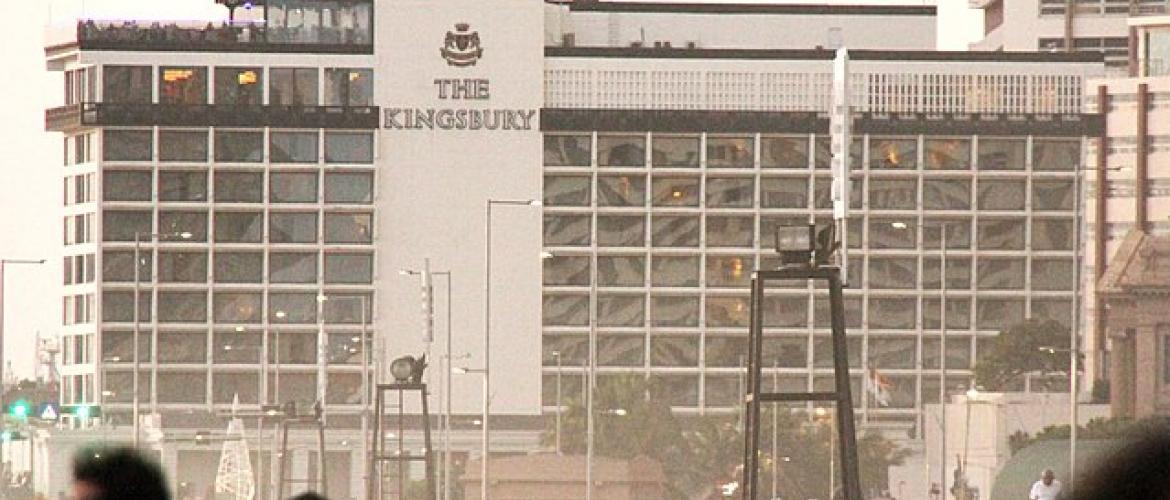Sri Lanka bombings, who did it?
May 11, 2019 | Expert Insights

Background
On Easter Sunday, three churches across Sri Lanka were bombed, in addition to several other sites in the country. The church bombings were carried out during Easter services in Negombo, Batticaloa and Colombo. At least 250 people were killed, with at least 500 injured.
National Thowheeth Jama'ath (NTJ), an Islamist jihadist group, has been actively participating in attacks against Sri Lanka’s Buddhist and Sufi population. The group aims "to spread the global jihadist movement to Sri Lanka and to create hatred, fear and divisions in society." ISIS, with who, NTJ maintains ties, claims that the bombings were in retaliation for the Christchurch mosque attacks, however, the New Zealand government has questioned the veracity of this claim.
Sri Lanka has a long history of ethnic and religious conflict. The country was in a civil war for 26 years, from 1983 to 2009. Religious conflict has been a cause for concern in Sri Lanka in recent years. In 2014, the country saw the Aluthgama riots due to friction between Buddhist and Muslim groups. Over four people were killed and 80 injured, a majority of whom were Muslim.
Analysis
Sri Lanka imposed a curfew in the city of Negombo after fighting broke out between Sinhalese and Muslims, back in February 2018. Although there were no reports of casualties, Sri Lankan officials rushed to maintain order especially since the country's main international airport is located close to Negombo. Authorities have now lifted the ban on social media platforms, which was intended to stem the spread of rumours following the violence.
The social media ban is a part of a state of emergency that Sri Lankan authorities instituted after the Easter Sunday bombings. Security forces and police have also been given powers to arrest and detain suspects for extended periods. Critics have argued that this allows Sri Lanka's government the opportunity to target minorities unfairly.
Sri Lankan authorities have expelled over 600 foreigners since the attacks, including 200 Islamic clerics. The country has also banned the use of face veils in public, without mentioning its use by Muslim women. These measures are precautionary and do not represent a sudden shift towards the curtailment of individual freedoms. Although the panic caused by these precautionary measures has achieved NTJ's intention to stoke hatred, fear and division in the country, they are temporary and are expected to be lifted before the end of the month.
The Sri Lankan government was aware of some foreigners arriving in Sri Lanka to spread what justice minister Wijeyadasa Rajapakshe called Islamic extremism. In November 2016 he told parliament that 32 Sri Lankan Muslims from "well-educated and elite" families joined the Islamic State of Iraq and the Levant. On 25 April 2019, Prime Minister Ranil Wickremesinghe revealed that the government had known of the Sri Lankan nationals who had joined Islamic State and returned to the country. However, they couldn’t be arrested, because joining a foreign terrorist organisation is not against Sri Lankan law.
Assessment
Our assessment is that there isn’t sufficient information made public regarding the raison d’etre behind the Sri Lankan terror attack. It may be premature to speculate the exact nature and objective of such an attack. We believe that despite ISIS claiming responsibility for the attack, the Sri Lankan investigation has not found evidence of ISIS’s conclusive involvement. We also feel that the freedom of the internet, which is central to the democratic ideals of free speech and expression, has motivated violence across the ideological spectrum. We believe that until the Sri Lankan authorities publicly release all the required information regarding the attack, it is counterproductive to point fingers and incite further inter-religious violence based on rumours.
We feel that the tense relationship between the Sinhalese and the disquiet among minority Muslims traders could have been created a platform for international actors to unleash their agenda. The nature of bombs used and very high destructive capability clearly shows that they have been built by some of the best experts.
Image Courtesy: AKS.9955, The Kingsbury Hotel, CC BY-SA 4.0








Comments